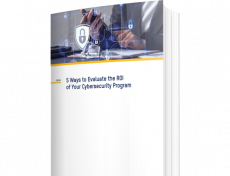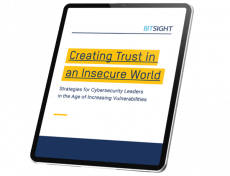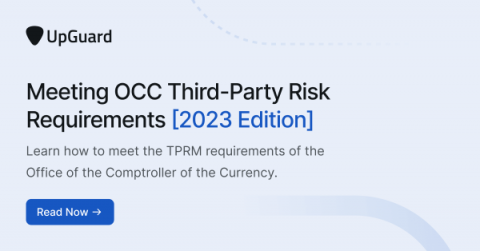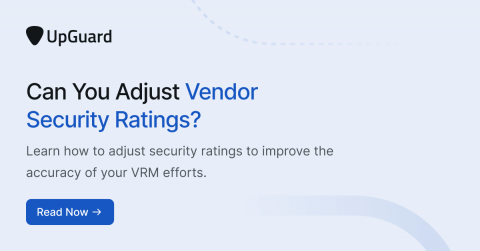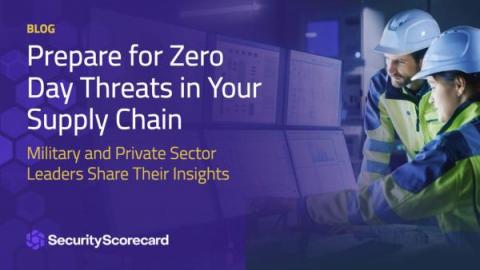How to Improve Your SOC's Cyber Vulnerability Awareness
The cybersecurity threat landscape is rapidly evolving as cloud computing, the Internet of Things (IoT), mobile devices, and remote work become more widely adopted. As a result, Security Operations Center (SOC) teams are increasingly overwhelmed. In addition to responding to cyber threats, teams must continuously identify emerging vulnerabilities and move quickly to apply and test patches and updates. A failure to do so significantly increases cyber risk. Consider the statistics.




